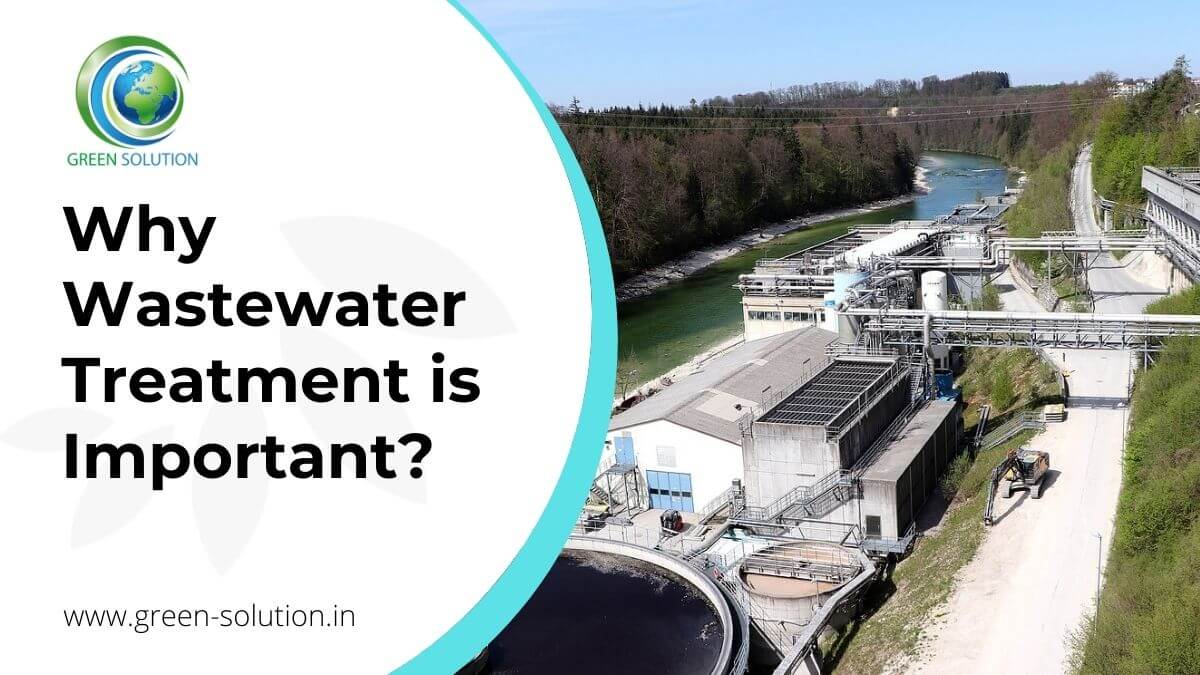The 5-Second Trick For Reclaim Waste
Table of ContentsReclaim Waste - TruthsSome Of Reclaim WasteIndicators on Reclaim Waste You Should KnowThe Buzz on Reclaim WasteReclaim Waste Can Be Fun For Everyone
Explore the kinds, events, and forms of fluid waste. Domestic sewer waste describes the waste and products from a household septic container. This kind of waste is developed by people in houses, institutions, and other structures. This only includes septic containers that have a drain area. The proper administration and disposal of residential sewage waste call for fluid waste to be transferred to a sewer therapy plant where the correct methods and tools are applied to detoxify and deal with waste.
Business waste often includes prospective hazards, such as combustible products or a combination of fluid and strong waste products, and calls for a more sophisticated and thorough disposal process. The disposal of industrial waste generally includes the filtration of waste before transportation to make sure secure and correct disposal. Hazardous waste is created from byproducts and runoff of commercial procedures and production.
This kind of waste can not utilize the very same sewer monitoring transport or procedures as septic or business fluids. The commercial waste administration procedure requires the assessment and screening of liquid waste before it undergoes the disposal process (liquid waste disposal). Overflow waste is the liquid waste that comes from runoff and excess stormwater in highly booming areas or cities
Drainage waste can cause contamination and flooding if not handled effectively. Discover more concerning sewer cleansing and waste monitoring. Ensuring correct waste monitoring can stop catastrophes and decrease ecological injury. Both people in domestic settings and experts in industrial or production industries can gain from understanding the procedures and guidelines of liquid waste management.
Some Known Factual Statements About Reclaim Waste
Call PROS Solutions today to discover our waste management and disposal solutions and the correct ways to look after the fluid waste you create.
(https://www.kickstarter.com/profile/reclaimwaste1/about)Do you recognize what occurs to your water when you end, flush the commode or drain pipes the washing machine? No? Well, it's worth understanding. This supposed 'wastewater' is not only an important resource but, after therapy, will be released to our land, rivers or the ocean. Used water from commodes, showers, baths, kitchen sinks, washings and industrial procedures is called wastewater.

water used to cool down machinery or tidy plant and devices). Stormwater, a form of wastewater, is drainage that flows from agricultural and city areas such as roofings, parks, yards, roads, courses and gutters right into stormwater drains pipes, after rain. Stormwater flows untreated straight to regional creeks or rivers, at some point getting to the sea.
Facts About Reclaim Waste Revealed
In Queensland, the majority of wastewater is treated at sewage treatment plants. Wastewater is transferred from domestic or industrial sites with a system of sewage systems and pump terminals, recognized as sewage reticulation, to a sewer therapy plant. City governments construct, keep and run most sewer therapy plants. Operators are accredited under the Environmental Defense Act 1994 to release cured wastewater at an appropriate ecological criterion right into rivers.
The Department of Natural Resources recommends city governments concerning handling, operating and preserving sewerage systems and therapy plants. In unsewered areas, neighborhood federal governments may call for owners to mount specific or home sewage treatment systems to treat residential wastewater from toilets, kitchen areas, shower rooms and washings. The Department of Natural Resources authorises making use of home systems when they are proven to be efficient.
In some brand-new neighborhoods, treatment of some stormwater to get rid of clutter, sand and crushed rock has actually started using gross contaminant traps. Wastewater therapy happens in four stages: Gets rid of solid matter.
Wastewater then streams right into big tanks where solids settle and are eliminated as sludge. Oil and residue are skimmed from the surface area. Utilizes tiny living microorganisms recognizes as micro-organisms to break down and remove continuing to be liquified wastes and fine particles. Micro-organisms and wastes are integrated in the sludge. Gets rid of nitrogen and phosphorus nutrients that can create algal blossoms in our rivers and endanger water life.
The Only Guide for Reclaim Waste
Nutrient removal is not readily available at all sewage therapy plants due to the fact that it requires pricey specialised tools. It is becoming a lot more typical in Queensland. Clear fluid effluent generated after treatment may still include disease-causing micro-organisms. If this effluent is launched into waterways such as rivers or the sea, the micro-organisms will eventually die out.

The majority of wastewater streams right into the sewage system. Under the Act, you could check here local federal governments administer authorizations and licences for environmentally appropriate tasks (Periods) involving wastewater launches that might have a regional impact.
The 6-Second Trick For Reclaim Waste
Monitoring offers accurate info regarding water top quality and can validate that permit problems are being fulfilled. The details gotten through monitoring offers the basis for making water quality decisions.